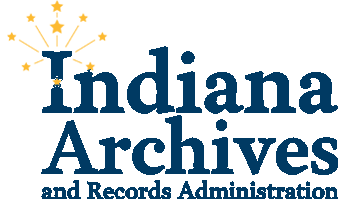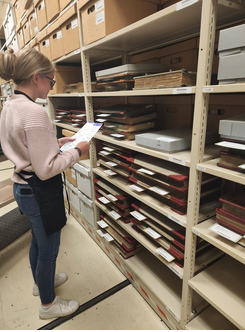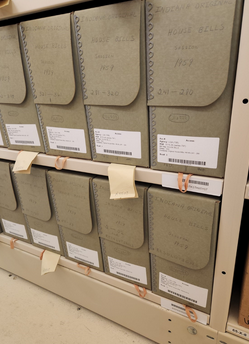Barcoding
You’ve probably heard by now, but: We’re moving!
The move won’t happen until early 2025, but we have plenty of projects to keep us busy until then.
The largest, most important, and most time-intensive project we’re working on is adding new labels and barcodes to every box and volume in our holdings.
This is a huge undertaking! Between our main stacks, paper and microfilm vaults, Records Center overflow, and Ready Reference room we have over one hundred thousand cubic feet of records that need to be checked, updated, and labeled.
A barcode is a unique identifier assigned to an individual box. Multiple boxes in the same archival accession share the same accession number, but each box has its own barcode. The barcode can be scanned or typed into our database to quickly find information about it, including its location, a description of the records, etc.
We began barcoding records in June 2021 and are halfway through the holdings in the stacks. Working in teams of two, our processing archivists, archives assistant, and interns each devote 4 hours a week to barcode. In these teams, one person manages the database while the other person checks the records on the shelf to confirm that the record description, container size, and dates match.
Barcoding will allow us to easily track our records as they are moved to the new building and there are other perks that will benefit our Archivists and patrons. The barcoding teams double check that record entries in our database accurately represent the records. When needed, we update record descriptions, fix typos, change dates, change locations and more. We may also update the extent (or size) of the boxes. This work makes it easier to locate records from our online catalog and it will ensure that patrons can easily find the records that they need.
Currently, many of the boxes in our stacks have old, outdated labels on them. Other boxes can only be identified by a handwritten note on the box. The new labels will allow us to quickly identify the records on each shelf.
| Before: Boxes with handwritten labels | After: The same boxes with new printed labels |
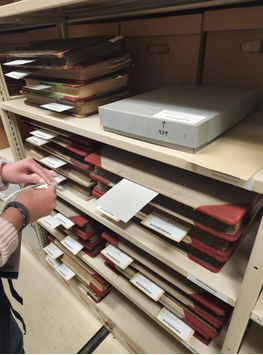
As we barcode, we have discovered some boxes that were mistakenly reshelved in the wrong location, boxes that were never transferred to our current database, and mystery items. When we discover mis-shelved items we update the record’s location in the database to reflect its current location. Mystery items and records that were skipped during the database change are the most challenging to fix. We need to discover what the item is, including the record series it belongs to, and we must double check that the record we found truly does not already exist within the database. Luckily, we’ve been able to correctly identify all the records with the help of our older databases and our archivists’ institutional knowledge.
We keep track of records that need to be assessed by Conservation and records that might be a good project for volunteers or interns. One of our summer interns, Jamee, processed a collection of records from the Department of Correction’s Farm Department that was discovered while barcoding. We make sure to post photos of the fun items we find on social media too!
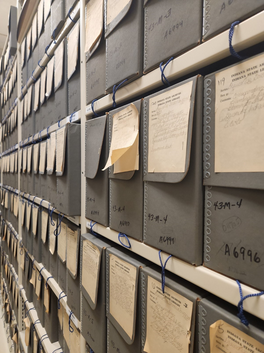 | 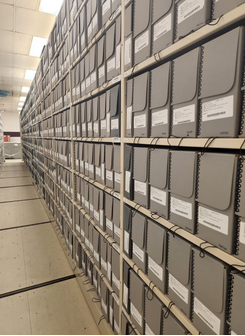 |
